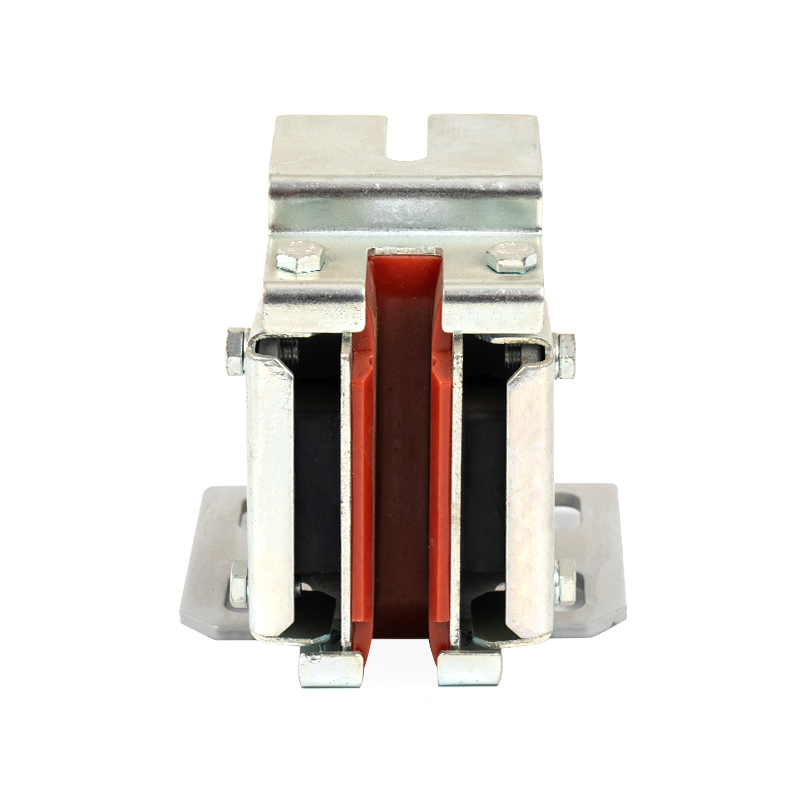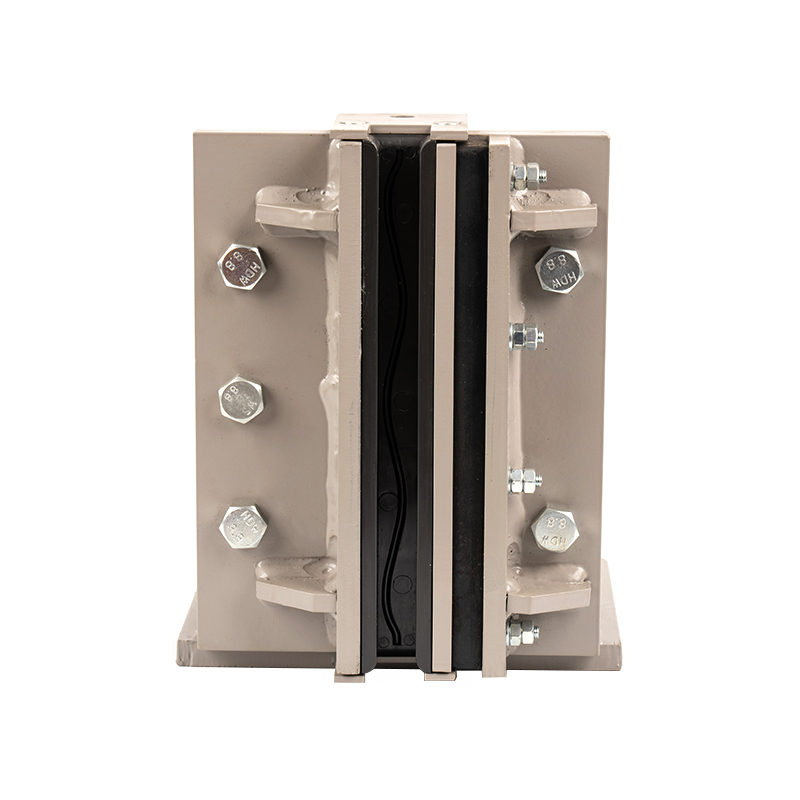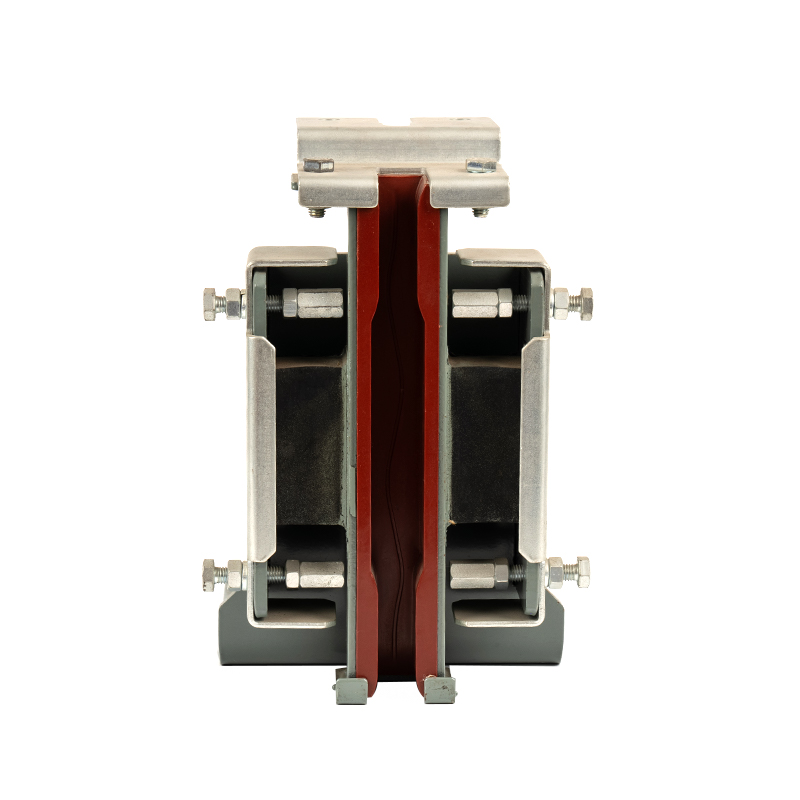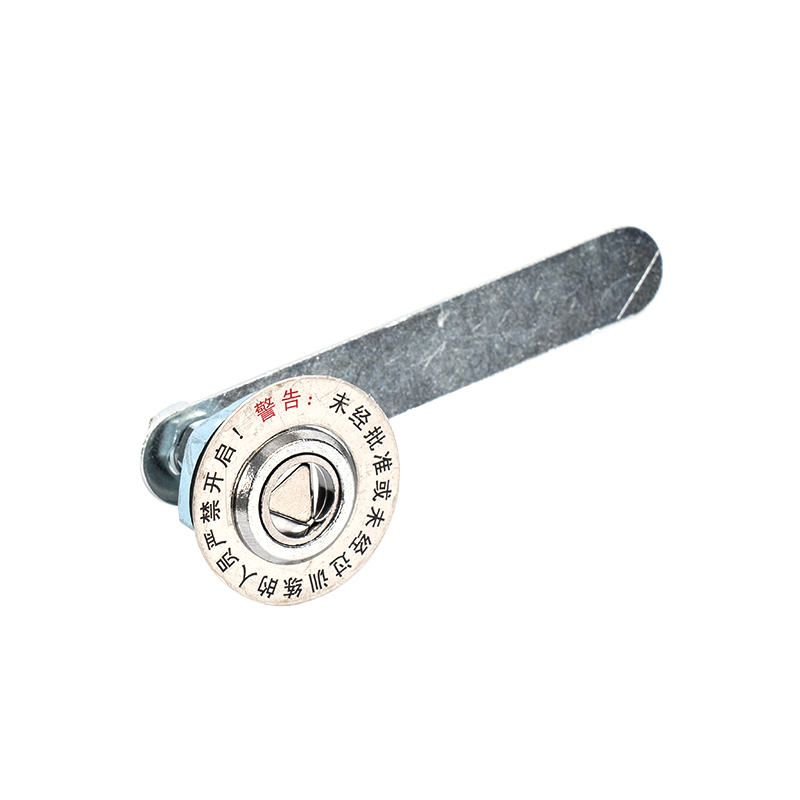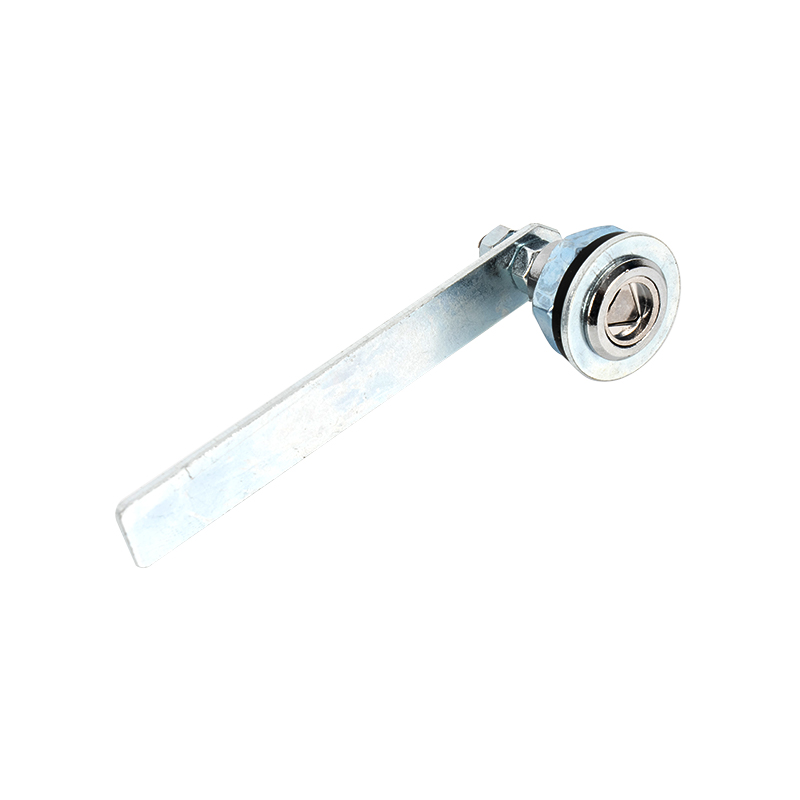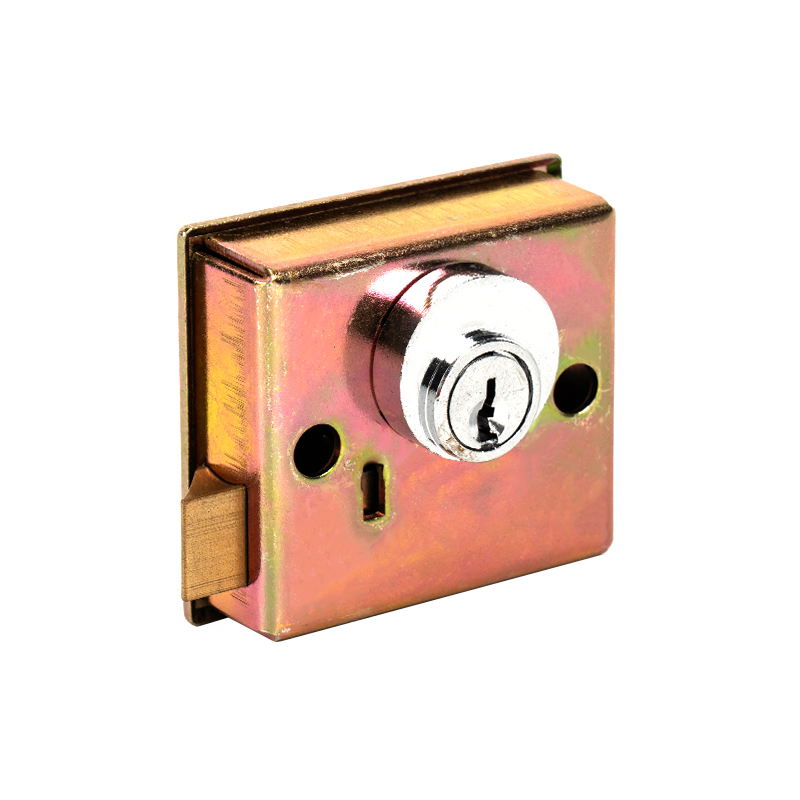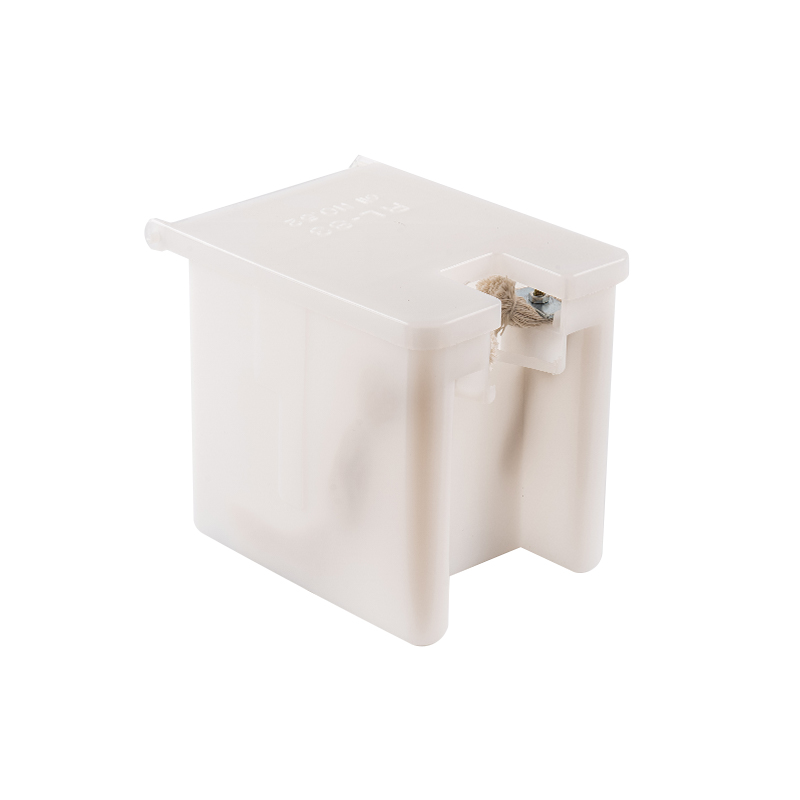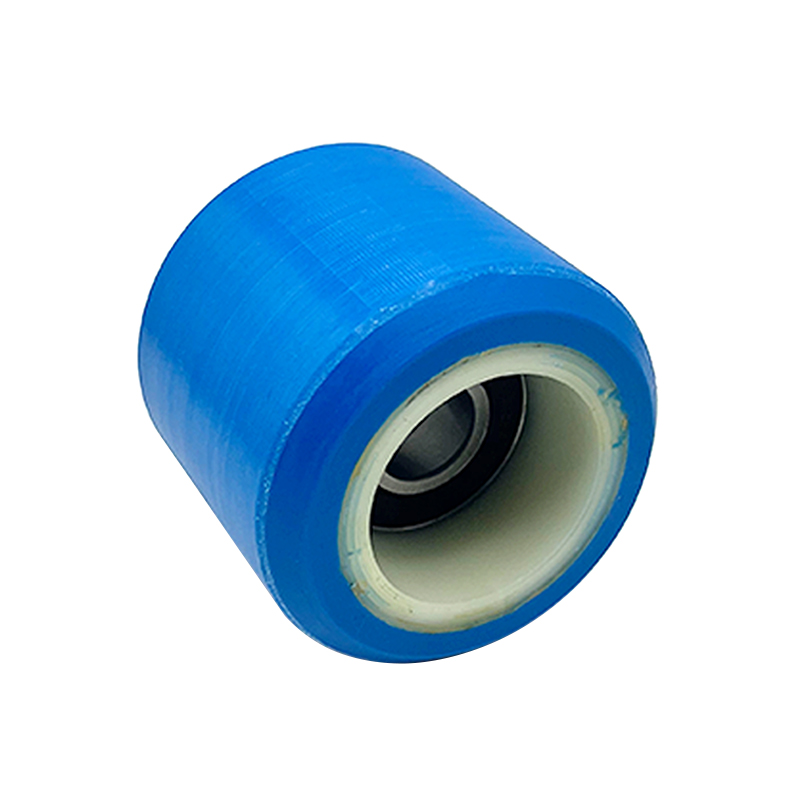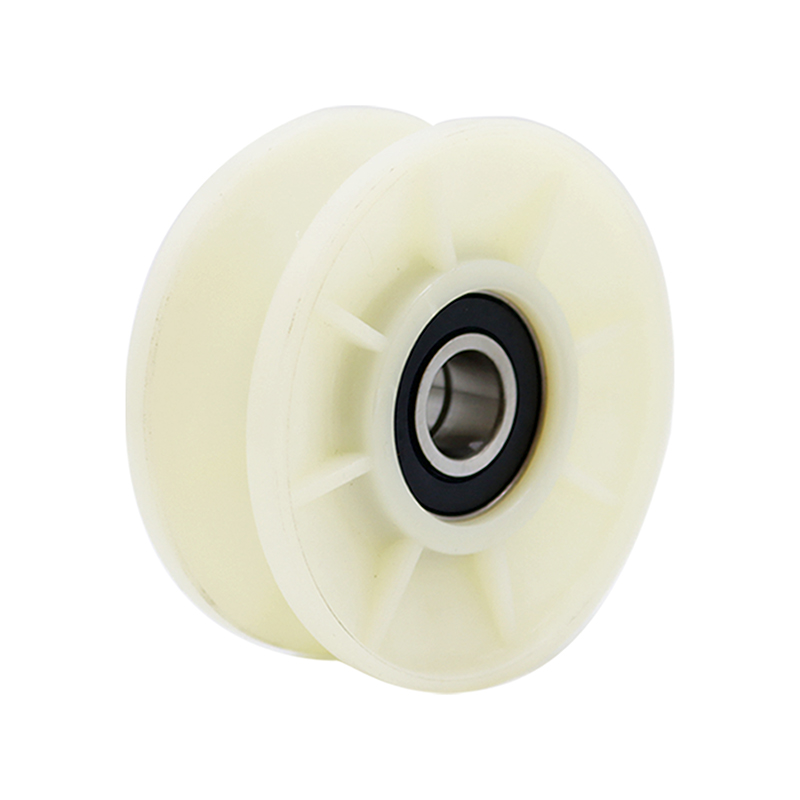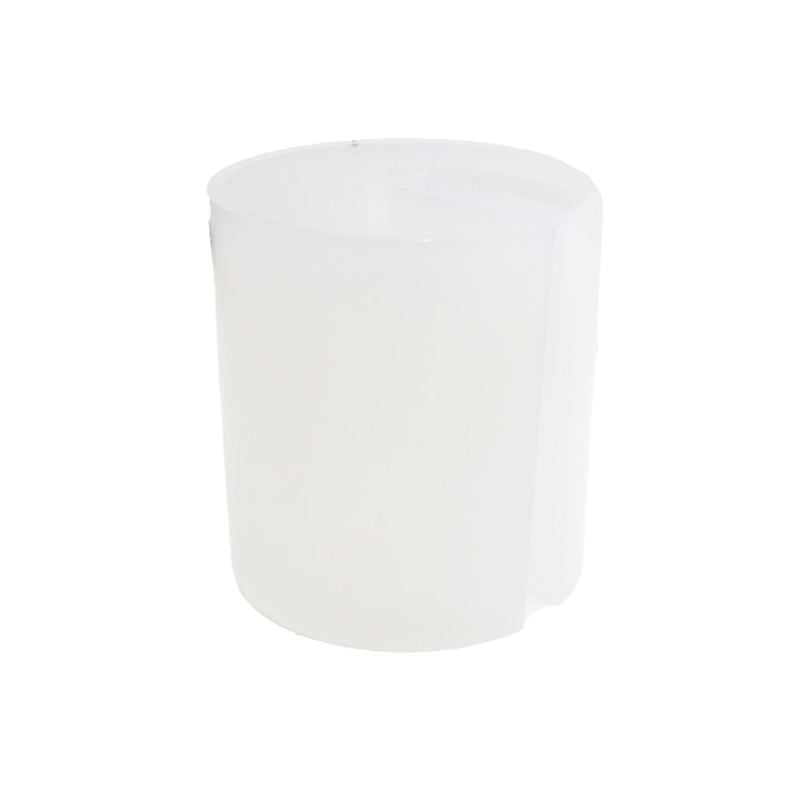1. The function of the elevator oil cup
(1). Reduce friction and resist wear
Inside the elevator, especially the traditional worm gear structure, there are high-speed rotating bearings and tightly meshed gear pairs. These metal parts will inevitably produce friction when moving. The core function of the oil cup is to accurately and continuously deliver lubricating oil to the key friction surface that needs lubrication through a controlled system, such as between the ball and raceway of the bearing, and between the meshing surface of the worm and worm gear. The lubricating oil plays the role of a "shield" here. The oil film it forms separates the contacting metal surfaces, turning the harmful "dry friction" into beneficial "liquid friction". It can absorb the heat generated by the friction of the parts and spread it to a larger metal surface through the flow of oil, thereby assisting in heat dissipation and preventing the parts from annealing or seizing due to overheating.
(2). Assisting heat dissipation and maintaining stability
The friction between metal parts will continuously generate heat. If this heat accumulates, it will cause abnormal expansion of the parts and a decrease in the viscosity of the lubricating oil, thus forming a vicious cycle of "friction-temperature rise-lubrication failure-more intense friction". The oil cup indirectly removes this heat by continuously supplying oil, helping to maintain the traction machine operating within a reasonable operating temperature range and avoiding sudden shutdowns caused by "thermal collapse".
(3). Collect impurities and keep them clean
During the long-term operation of elevators, it is inevitable that tiny metal chips, dust and other pollutants will invade the lubrication system. The oil cup is often designed with a relatively static sedimentation area, where heavier impurities will gradually settle down, instead of circulating with the oil in the entire lubrication system, causing secondary wear on precision parts such as bearings and gears, forming a kind of "abrasive wear", which greatly shortens the life of the equipment.
(4). Extending service life and preventing failures
The existence of the oil cup is a model of preventive maintenance for elevators. Its simple structure achieves the initial filtration of impurities in the lubricating oil. Metal parts that lack effective lubrication will produce violent friction and vibration. The continuous oil supply of the oil cup ensures that the aging products of the lubricating oil and foreign intrusions are effectively deposited at the bottom of the oil cup, ensuring the long-term effectiveness of the oil.
2. Maintenance guide for elevator oil cup
The core of oil cup maintenance is to "keep the oil quantity, oil quality and oil circuit normal. Any problem in any link will directly affect the operation of the elevator.
(1) Daily inspection (once a week or every half month)
Oil level inspection: Visually inspect the lubricating oil level in the transparent oil cup. The oil level should always be kept between the highest (MAX) and lowest (MIN) scale lines.
Oil quality inspection: Observe the color, transparency and presence of impurities in the lubricating oil. Normal oil is clear and the color does not darken significantly. If the oil becomes turbid, black or contains metal debris, this indicates that there may be abnormal wear inside.
Leakage inspection: Check the connection between the oil cup and the conduit, the end of the conduit, etc., to ensure that the oil circuit is unobstructed and unblocked.
(2) Regular maintenance operations (every quarter or every half year, or as required by the manufacturer)
Replacing lubricating oil: Prepare new, same-model lubricating oil and an oil collection container. Slowly open the oil drain valve or stopcock to completely drain the old oil into the container. The old oil should be properly disposed of to avoid environmental pollution.


 English
English 中文简体
中文简体
